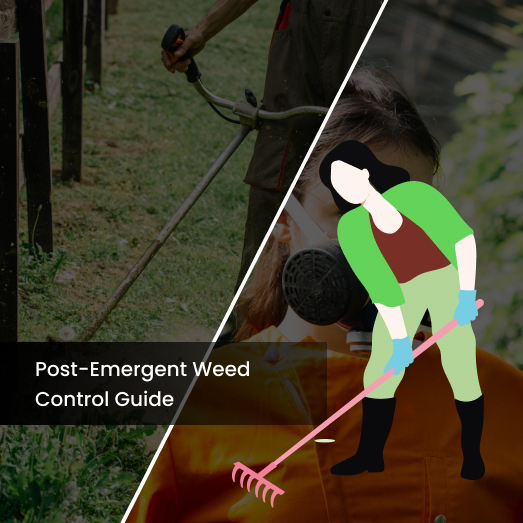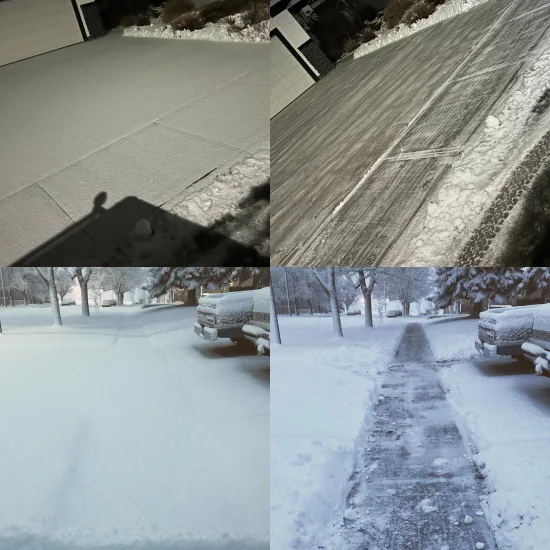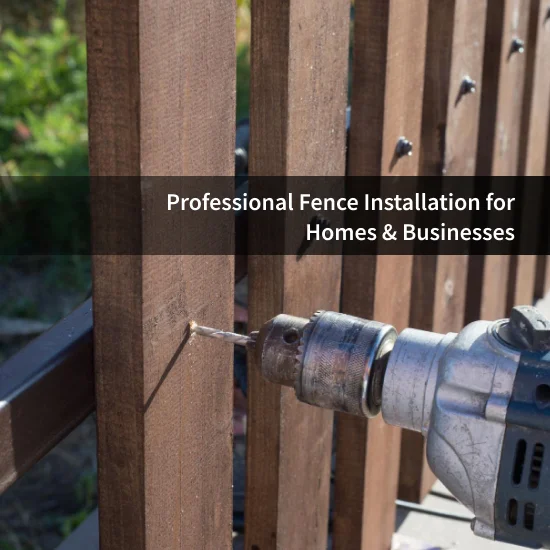Kill Weeds Not Your Lawn Post Emergent Control Guide 2025

Even if nobody wants them, weeds always manage to get in. Crabgrass creeping along the margins or dandelions sprouting in the center of your lawn are examples of unwanted visitors that may soon take over your yard if you don’t take care of them. The good news? You can get rid of them without sacrificing your yard. Post-emergent weed control is useful in this situation.
This 2025 guide explains post-emergent weed management, including what it is, when to apply it, and how to do it without causing damage to your lawn.
What is Post Emergent Weed Control?
If you observe weeds growing in your grass, you are in post-emergent area. Unlike pre-emergent treatments, which prevent weed seeds from budding in the first place, post-emergent remedies are intended to kill existing weeds.
These remedies operate by being absorbed via the plant’s leaves and targeting the weed from within—right down to the roots. They’re very effective against weeds including clover, thistle, plantain, crabgrass, and others.
Choosing the Right Product
In 2025, there are two major types of post emergent weed control products to choose from.
Selective herbicides kill certain weeds while not harming your lawn greenery. These are ideal for regular outdoor use.
Herbicides that are not selective kill everything they come into contact with. These are better suitable for driveways, walkways, and gravel surfaces than your lawn.
If you’re not sure which sort to use, always use a selective herbicide when treating grass, unless you’re addressing a tiny area or cracks in concrete.
When to Apply Post Emergent Weed Control
Time is essential. In spring or early fall, when weeds are actively growing, you will receive the best results. When your lawn is experiencing drought stress or heat waves, avoid spraying because herbicides may be less effective or potentially damage your grass.
These are some basic rules:
- Before or after using the product, avoid mowing your lawn.
- When there is no chance of rain for at least 24 hours, apply on a dry day.
- Give the lawn time to absorb the substance by not watering it shortly after application.
Best Practices to Protect Your Lawn
Not your grass, but weeds are the target. Here’s how to accomplish it:
- Spot-treat whenever you can rather of sprinkling the entire grass.
- Pay close attention to the label’s mixing and application instructions..
A healthy lawn is one of the best natural defenses against weeds in the long run.
Eco-Friendly Options
Are you looking for something a little greener? By 2025, more homes will opt for low-toxicity or organic weed control products. These could be planned using natural ingredients like iron, vinegar mixes, or essential oils. While they may require repeated treatments, they are better for pets, children, and the environment.
Final Thoughts
Although weeds can be difficult to eradicate, doing so doesn’t have to destroy your lawn. Regaining your yard and enjoying a thick, healthy lawn throughout the season is possible with the correct product, a little forethought, and a little knowledge.
In need of Lethbridge weed control assistance? With professional lawn care services and tried-and-true solutions, Sos Exteriors is here. Let us assist you in eliminating the weeds rather than your grass.
How soon will I see results?
The majority of products take effect in two to five days, and they completely kill the weed in one to two weeks.
Before using any herbicides, it is advisable to wait at least 6 to 8 weeks after seeding.
In general, yes—once the region has dried out. However, carefully read the label and, if necessary, choose pet-safe products.
Although there are certain “weed and feed” treatments available, applying them separately is frequently more successful.



